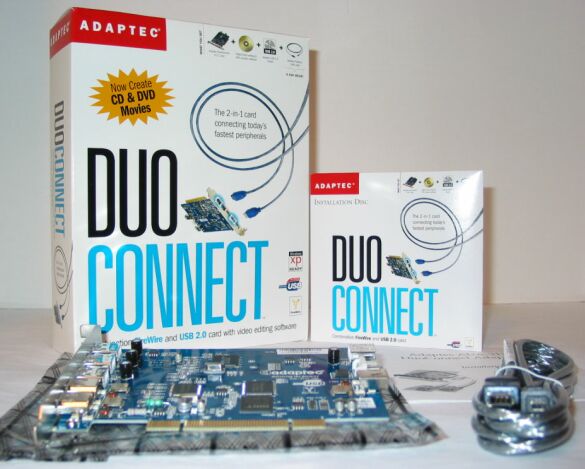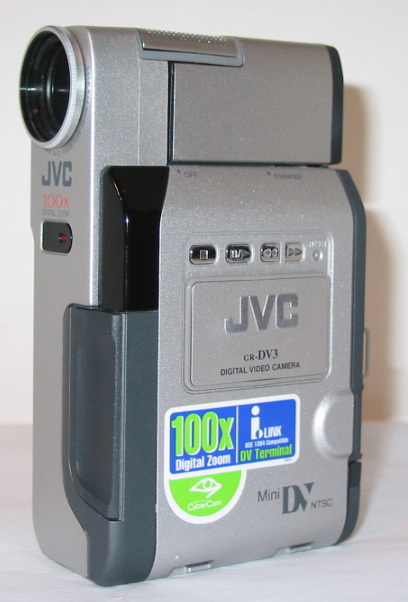How To Get The Cool Connections Using DuoConnect
Introduction
center>
In April of this year, THG's own Shawn Watters took a look at USB 2.0 in his article entitled, The Next Step, Hi-Speed USB 2.0 , and since its publication, we have received many questions as to the best way to add both USB 2.0 and 1394 Firewire to a motherboard without these options built-in. And currently, the majority of available motherboards do not offer built-in USB 2.0 and 1394 Firewire. Thus, if you wanted to add these options, in the past there was little choice but to opt for a two PCI card-solution. (One PCI card to add the USB 2.0, and one PCI card to add the 1394 Firewire.) While we can expect to see more motherboards beginning to incorporate USB 2.0 in future releases, unfortunately, for the time being, the same cannot be said for 1394 Firewire.
Apple, as well as some off-the-shelf PC companies, has included 1394 Firewire for some time, but it seems that the majority of motherboard makers feel that the popularity of 1394 just hasn't achieved a level that is significant enough to warrant building 1394 into the motherboard. Much of this might be due to the perceived high cost of the TI 1394 chip from back when Firewire made its initial appearance.
Although Hi-Speed USB 2.0 is just beginning to emerge, Firewire, on the other hand, has been relegated mostly to video cameras supporting the 1394 (or iLink, as Sony calls it) standard. And this support from the video camera manufacturers means Firewire isn't going to go away anytime soon. Additionally, we don't expect to see video camera manufacturers migrating to USB 2.0 in their products anytime soon, either. (At least, we have not seen any road maps that indicate this.)
The JVC GR-DV3 is an example of one of the many MiniDV video cameras that support 1394 Firewire. JVC, Canon, Panasonic, Sony and most other video camera manufacturers will, at least for the moment, continue to use 1394 Firewire as the primary method of connection to computers for extracting video from their cameras.
Since PCI slots are often at a premium, we wanted to find a solution that incorporated both USB 2.0 and 1394 Firewire into one card. We were also looking for the internal and external connections options for both USB 2.0 and 1394 on the card, and for the card to be able to power any USB 2.0 or 1394 devices that we connected to it. This two-in-one card approach would satisfy our need to save PCI slots, while at the same time, hopefully save us a few dollars as well. Most importantly, we wanted one card that would be able to provide all of the ports that might be needed for a number of future peripherals.
Get Tom's Hardware's best news and in-depth reviews, straight to your inbox.

